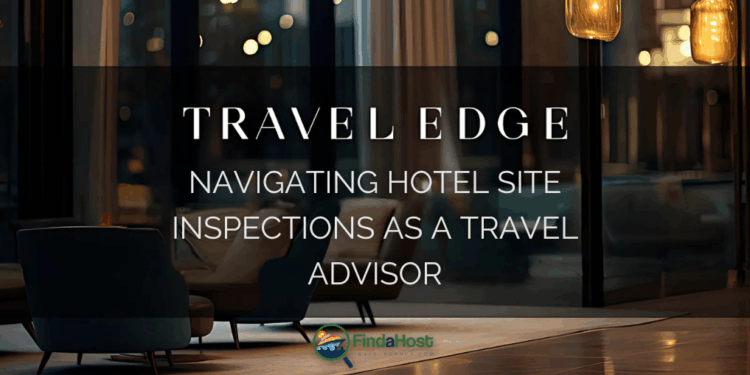Sponsored – Navigating Hotel Site Inspections as a Travel Advisor
Turning Hotel Walkthroughs into Client Confidence
Contributed By: Travel Edge Network
Introduction
For a luxury travel advisor, hotel site inspections are not just a box to check – they are critical opportunities to evaluate whether a property meets the expectations of discerning travelers. Glossy brochures and online reviews can’t substitute for experiencing a hotel firsthand, where every detail, from the thread count of linens to the attentiveness of service, matters. Conducting thoughtful inspections ensures you can recommend properties with authority and confidence. As part of Travel Edge, mastering this process helps you deliver tailored, world-class experiences that strengthen client trust and loyalty.
Preparing for a Hotel Site Inspection
Preparation is essential to make the most of your time on property. Start by reviewing the hotel’s brand positioning, guest reviews, and any unique programs or partnerships relevant to advisors. Build a checklist aligned with luxury expectations – covering accommodations, dining, wellness, and service touchpoints. Plan to tour multiple room categories and speak with department heads where possible. A structured approach allows you to identify both highlights and gaps that may impact your clients’ experience with Travel Advisor.
What to Look for During a Hotel Site Inspection
When inspecting, focus on details that define a true 5-star experience:
- Guest Rooms & Suites: Compare categories and note differences in layout, views, and furnishings. Look for details such as pillow menus, turndown service, premium bedding, thoughtful in-room welcome amenities, and curated minibars.
- Bathrooms: Evaluate size, finishes, and functionality. Luxury properties often feature rain showers, deep soaking tubs, heated floors, vanity lighting, and bespoke toiletries or unique kits (e.g., sleep, wellness, or grooming sets).
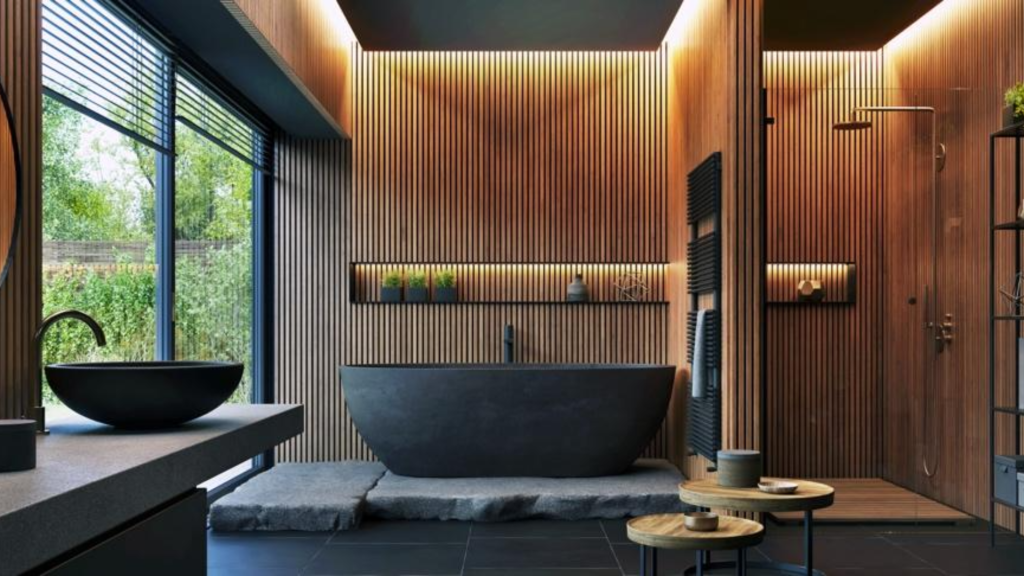
- Dining & Culinary: Visit restaurants and bars, reviewing both menu variety and service. Ask about chef-driven concepts, farm-to-table sourcing, wine programs, and the ability to accommodate dietary preferences or create custom experiences such as chef’s tables or private tastings Travel Advisor.
- Wellness & Recreation: Inspect the spa for bespoke offerings – custom therapies, wellness consultations, hydrotherapy circuits, or holistic programs. Check gym facilities for modern equipment, personal trainers, and group class options.
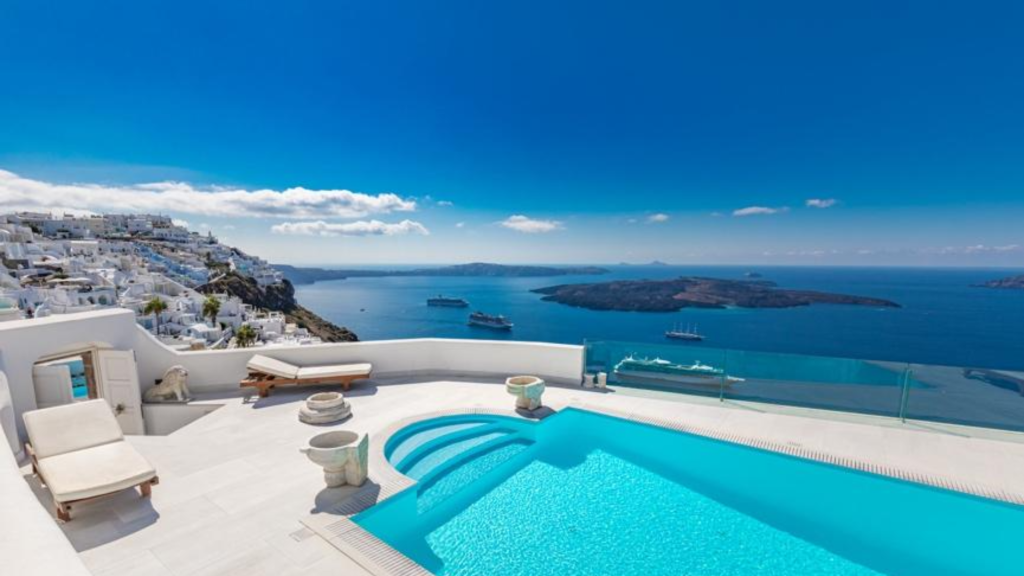
- Concierge & Guest Services: Confirm if there is a dedicated concierge team available 24/7. Look for services such as local insider access, curated itineraries, and house cars for guest transfers.
- Public Spaces: Evaluate ambiance and upkeep of lobbies, lounges, and outdoor areas. Luxury should be reflected in both aesthetics and atmosphere.
- Event & Meeting Facilities: For corporate or group clients, review event spaces, noting flexibility, audiovisual technology, and catering capabilities Travel Advisor.
- Service Quality: Observe interactions – are staff anticipating needs, addressing guests by name, and offering intuitive service without being intrusive? This intangible quality often separates luxury from merely “nice.”
Questions to Ask During the Inspection
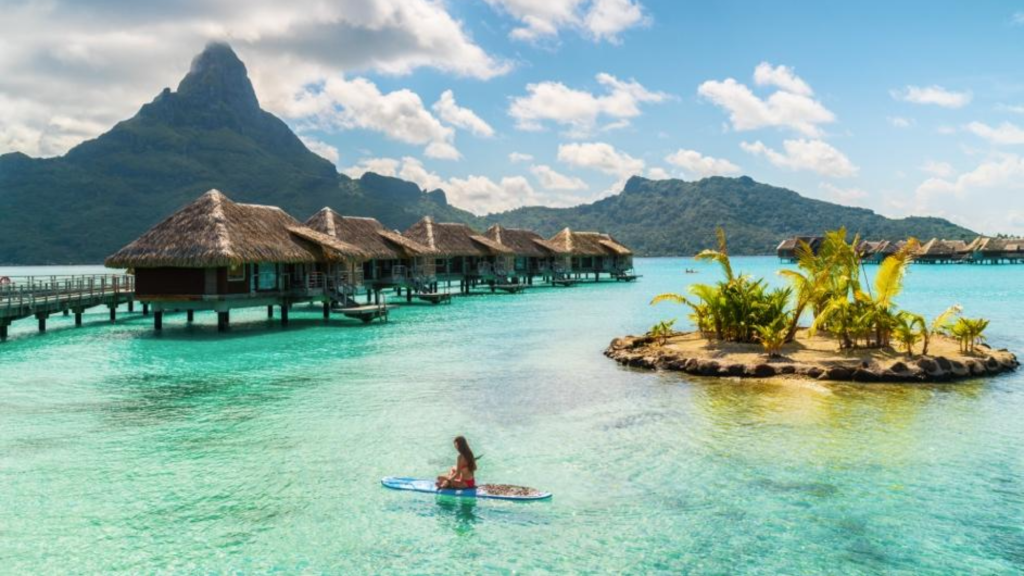
- Which room categories provide the most distinct experience?
Understanding which suites or rooms are most in demand helps you recommend the best fit for luxury clients, whether for views, space, or exclusive features.
- How does the property personalize the guest experience?
Ask about signature touches such as customized turndown amenities, curated excursions, or pre-arrival questionnaires to anticipate guest preferences.
- What exclusive amenities are offered through advisor partnerships?
Inquire about perks like daily breakfast, guaranteed late checkout, or VIP recognition. These elevate your value proposition and client loyalty. - What is the hotel’s approach to wellness and lifestyle?
Learn about personalized spa treatments, fitness consultations, or tailored nutrition programs that go beyond standard facilities Travel Advisor. - What policies or restrictions should I be aware of?
Ask about cancellation flexibility, minimum stay requirements, family or pet policies, and any seasonal restrictions that could impact bookings.
Evaluating 5-Star Accommodation Expectations
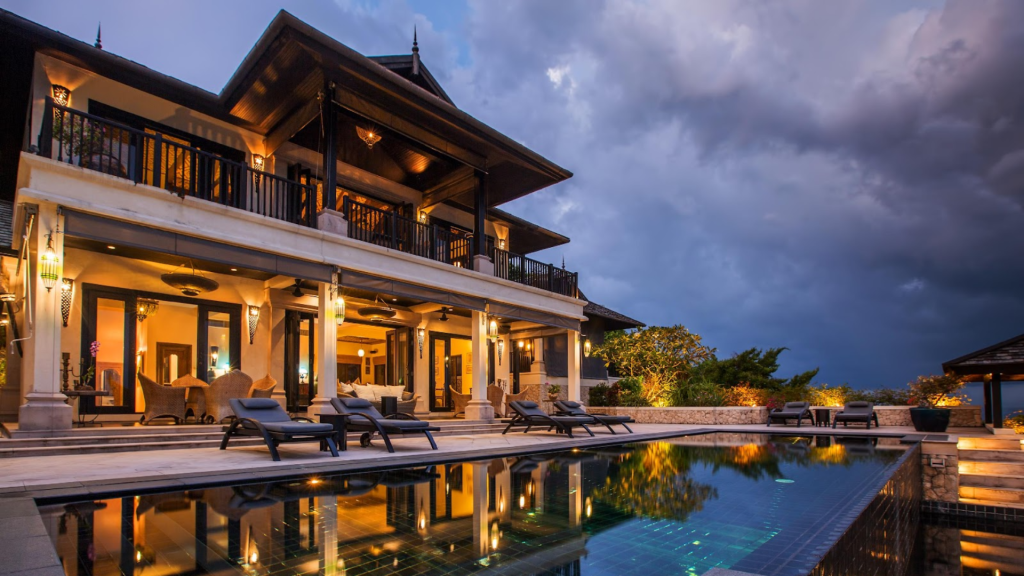
Luxury travelers expect consistency, personalization, and exclusivity. A true 5-star property delivers seamless service at every touchpoint: a pillow menu for customized sleep comfort, personalized turndown service, and curated in-room amenities that reflect the destination. Dining is not just a meal but an experience, with Michelin-level kitchens, sommelier-led pairings, and creative flexibility. Wellness offerings should extend beyond a gym or spa to include bespoke therapies, private consultations, or immersive wellness journeys. Concierge services should unlock the city with insider access, private tours, and even on-property house cars. Evaluating these details ensures the property aligns with the high standards your clients expect.
Documenting Your Findings

Capturing your impressions in a structured way transforms an inspection into a valuable sales tool. Take photographs of different room categories, note service interactions, and collect menus or brochures. Record both standout features and potential drawbacks with specific examples. Organize your notes into a client-ready format, highlighting why you recommend the property and which type of traveler it best suits. This not only showcases your expertise but also reinforces your role as a trusted luxury advisor.
Conclusion
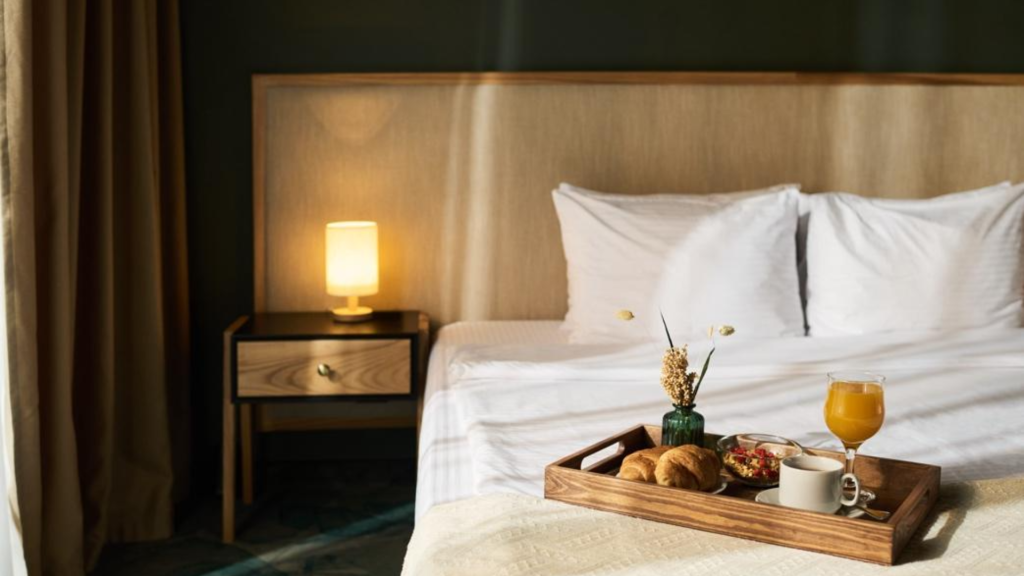
A meticulous hotel site inspection is a hallmark of a luxury Travel Advisor. By preparing strategically, evaluating with a critical eye, and asking informed questions, you ensure your recommendations are delivered on the promise of a 5-star experience. From pillow menus to house cars, every detail matters when curating exceptional journeys. Elevate your expertise and become a luxury travel designer by mastering the art of hotel inspections.


